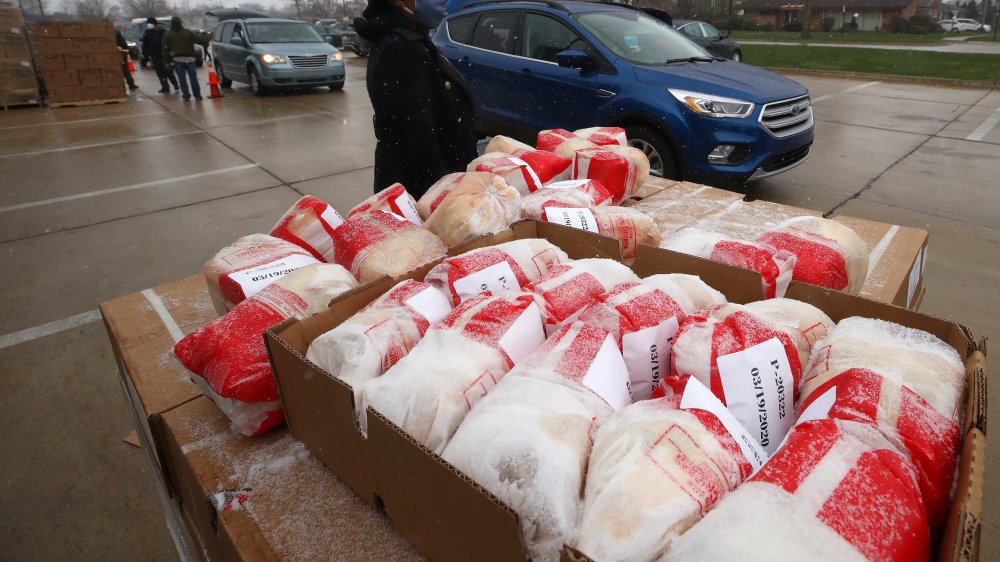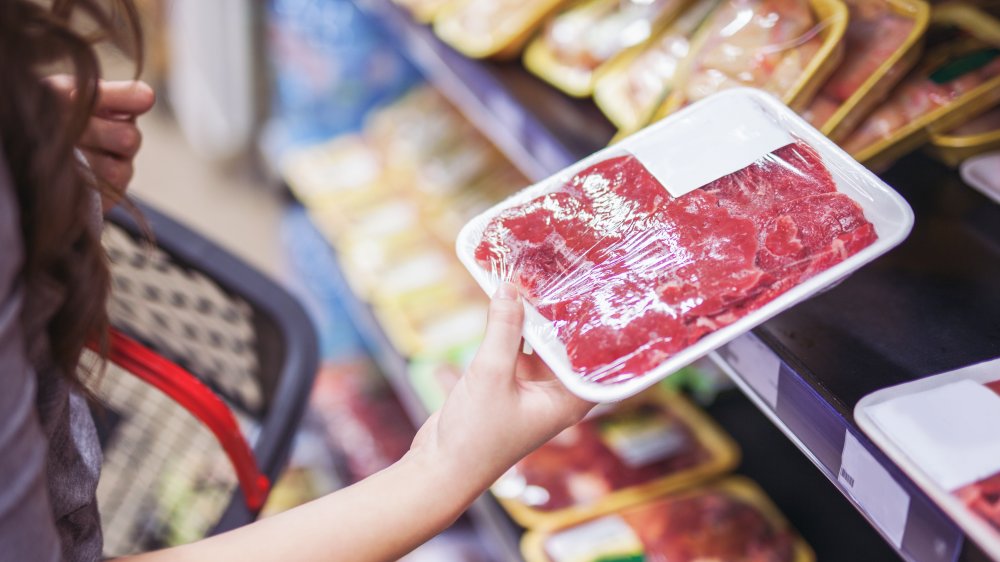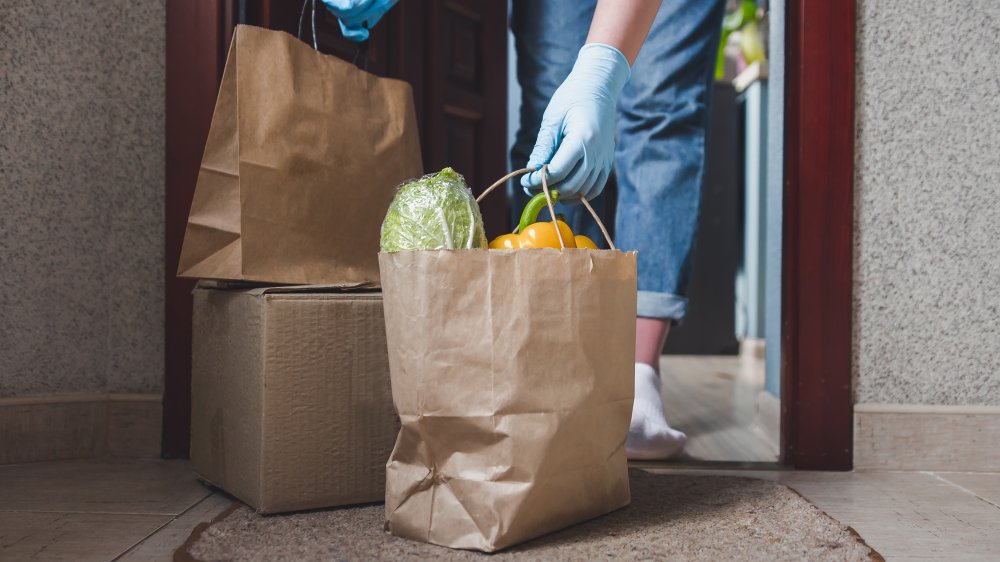The Truth About Catching Coronavirus From Food Packaging
The global supply chain is responsible for many things – it keeps our store shelves stocked with everything from food to clothing, and it helps us create the gadgets that we use in our daily lives. Case in point: Apple sources all the parts it needs to build our iPhones and Macbooks from suppliers around the world, then ships them all to assembly plants in China. From there, products are shipped to the Apple store or to our homes (via Trade Gecko).
But who would have thought that the global supply chain would become the latest way that the coronavirus crosses international borders? There is evidence that COVID-19 may be riding on the back of exported and imported food to reach new places. China says frozen food from different countries has tested positive for the coronavirus, including a shipment of frozen chicken wings from Brazil and frozen shrimp from Ecuador (via Reuters). New Zealand, which has been COVID-free for three months, has found itself back in lockdown (via Time). There, health officials are looking into the possibility that the virus may have arrived in the country by freight since one person that tested positive works at a company that brings in food from overseas. The question now is whether coronavirus can actually spread through food packaging.
No evidence to suggest you can catch coronavirus through food packaging
The World Health Organization (WHO) has been quick to say that thus far, there is no evidence that people can catch COVID-19 through food packaging."People should not fear food, or food packaging or processing or delivery of food," Mike Ryan, head of the WHO head of emergencies program says (via Reuters). "There is no evidence that food or the food chain is participating in transmission of this virus. And people should feel comfortable and safe."
One of the WHO's epidemiologists, Maria Van Kerkhove, also reinforced Ryan's remarks by saying that China had tested hundreds of thousands of food packages but only found very few – less than 10 – which were positive for the virus. This guidance echoes that which CDC issued back in June when it said the risk of infection from food packaging or food products was "thought to be very low."
There have been no known cases of COVID-19 from food packaging so far
Thus far, there have been no reported cases of COVID-19 being contracted from handling food, food packaging, or shopping bags. The CDC also says that: "The virus that causes COVID-19 cannot grow on food. Although bacteria can grow on food, a virus requires a living host like a person or an animal to multiply."
Still, the CDC recommends you clean and disinfect your kitchen counters regularly with a bleach solution – but that you do not use this same solution on food or food packaging. Instead, the FDA says you can wipe down food packaging and let everything air dry before storing, as an extra precaution, rinse all fresh fruits and vegetables under tap water carefully before eating- and clean the lids off canned goods before opening. Because scientists have never seen COVID-19 before, we may not know all there is to know about the illness, and as always, it's best to play it safe.


